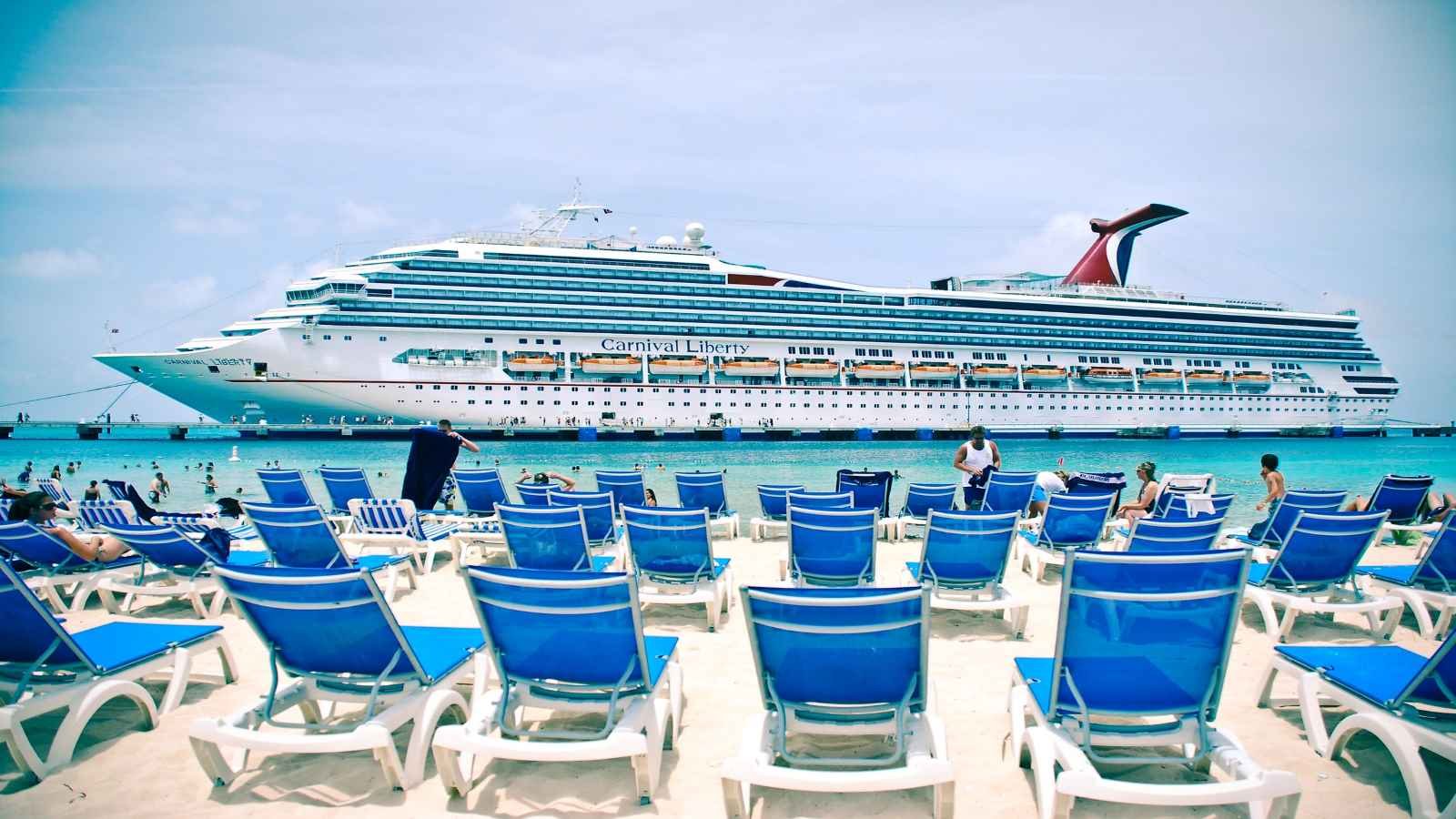Travel was one of the hardest-hit industries when COVID-19 sprung onto the scene. Shares of airlines, cruise line companies, hotel operators and online booking sites plummeted as the world locked down. Carnival (NYSE:CCL) was among them, with CCL stock dropping from around $50 a share at the end of 2019 to below $8 a share in the spring of 2020.

As you’re aware, the world opened back up and travel resumed. By early June of this year, CCL stock had quadrupled in price from its pandemic lows, topping out at $31. 52.
Since then, the stock has struggled, most recently getting hit with concerns about the omicron variant and resulting travel restrictions. On the bright side, investors who failed to capitalize on a near-certain rebound in the cruise industry the first time are getting a second chance. CCL stock is trading near its lowest level in a year and presenting a buy-the-dip opportunity.
Carnival Is Too Big To Fail
Carnival is the leading cruise line company in the world. Like the airline industry, the cruise industry is an oligopoly, which is a market dominated by a handful of firms.
Prior to the pandemic’s onset, Carnival, along with competitors Royal Caribbean (NYSE:RCL) and Norwegian Cruise Line Holdings (NYSE:NCLH), controlled more than 70% of the cruise market.
Of the three, Carnival is the leader in terms of market share, revenue, profits, number of passengers and number of ships. Given its market-dominant position, there is little to no chance the company will go under even if the travel industry takes a few more licks from the coronavirus pandemic. If recent predictions are correct, the cruise line industry will return to pre-pandemic revenue levels in 2023 or 2024.
As the cruise industry picks back up, CCL stock is almost certain to rebound. This means investors who buy the dip here are likely to be handsomely rewarded, as they were back in early 2020. With shares currently trading at $18.15, a move to their 52-week high would translate into a return of nearly 74%. And if CCL stock can return to its pre-pandemic levels around $50 a share, investors who buy now could be looking at a gain of around 175%.
A Recovery May Take Longer Than Some Investors Hope
Now, while I think we can all agree that the cruise line industry will eventually bounce back, some are concerned about how long a recovery will take.
As a recent Wall Street Journal article points out, the major cruise lines are resorting to deep discounting to get people back onto their ships. This could weigh on revenue for years to come. Once cruise lines begin discounting prices, it can be years before they return to pre-discounted levels.
Carnival CEO Arnold Donald predicted back in March that Carnival would not see a full recovery until 2023. He also said the company had enough funding to make it through the end of next year without any revenue coming in.
But revenue has started to come back in. The company is expected to generate $1.9 billion in revenue this year and $15.2 billion in 2022. That’s a far cry from the $20.8 billion the company raked in during 2019, but it shows things are expected to move in the right direction.
The Bottom Line on CCL Stock
Investors are getting another chance to buy CCL stock at a steep discount.
Discounted ticket prices and the emergence of new coronavirus variants could certainly delay the cruise industry’s comeback. But it will come back. For investors who plan to buy the dip in CCL stock, this may just mean you need a longer time horizon.
On the date of publication, Alex Sirois did not have (either directly or indirectly) any positions in the securities mentioned in this article. The opinions expressed in this article are those of the writer, subject to the InvestorPlace.com Publishing Guidelines.
Alex Sirois is a freelance contributor to InvestorPlace whose personal stock investing style is focused on long-term, buy-and-hold, wealth-building stock picks. Having worked in several industries from e-commerce to translation to education and utilizing his MBA from George Washington University, he brings a diverse set of skills through which he filters his writing.
